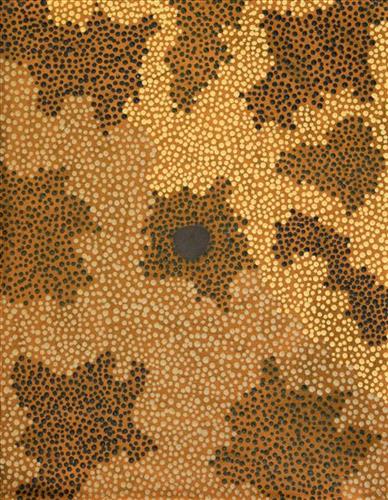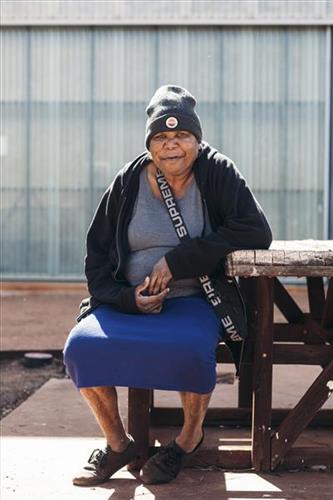111582378830
Nyurnma (Freshly Burnt Country) near Punmu (2018) – Wokka Taylor
“Nyurnma (freshly burnt Country), burnt area north from Punmu [in]sandhill Country.
One big one, no yukuri (green grass, vegetation) left. Last year [2018], no rain yet. Big area. From lighting did it, it started that waru (fire). It kept burning from the westerly wind turning it kakarra (east) [moves hands around gesturing the fire moving around]. That burning was moving around. No rocks, only tuwa (sandhills) tuwa, tuwa and waru.
I went up in the helicopter from Punmu and saw that Country. That time the waru finished. The country was clear- good for hunting, you can easily see the tracks. Plenty parnajarrpa (sand goanna) there, big one. Nyurnma only. It was a no good feeling- really big one, out of control [The fire was burning a large area of Country and became out of control].
Long time ago in pujiman (traditional, desert dwelling) times same way- big fires would start from lighting. Here is the red dirt, marked little bit like the colours left after a camp fire, but from lighting here now.”
– Wokka Taylor (dec.)
This work depicts Country around Punmu following a large and uncontrolled fire that resulted from a lightning storm in 2018. This type of fire differs to the controlled fire burning as it continues to be practiced through the Martu homelands. Over thousands of years, as Martu travelled and hunted on foot they would burn tracts of land, using waru as a means to assist with hunting, to encourage regenerative growth, and to increase biodiversity.
Targeted waru is an important tool in animal tracking. Small burns are lit to clear vegetation, expose burrows, and to allow for access to walk and track readily in exposed sands. Fires are typically burnt during cooler weather in small, controlled areas, reducing the risk of unmanageable, spontaneous bush fires like that depicted in this work. Remaining is a defined mosaic fire scar pattern in the land, across tali (sand dunes), linyji (claypans), parulyukurru (spinifex country) and pila (sandy plains).




